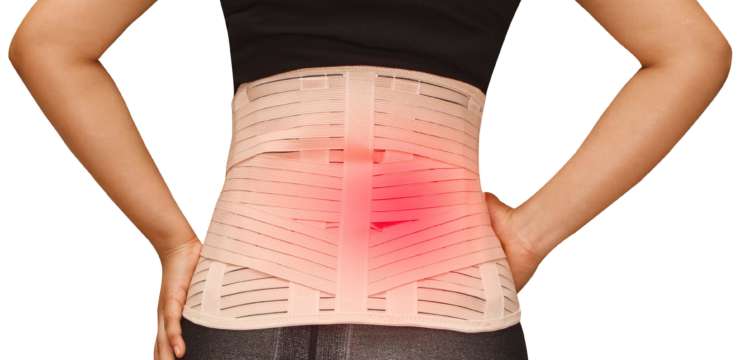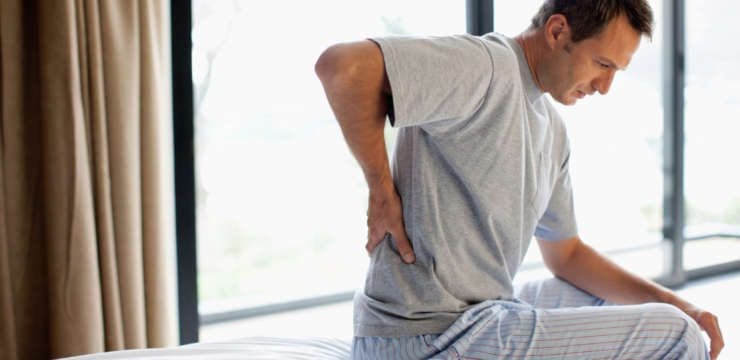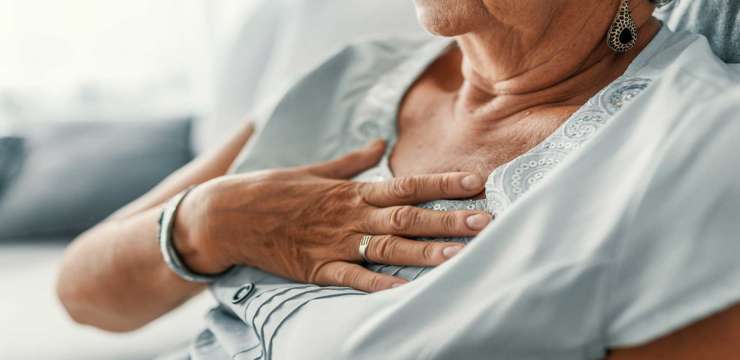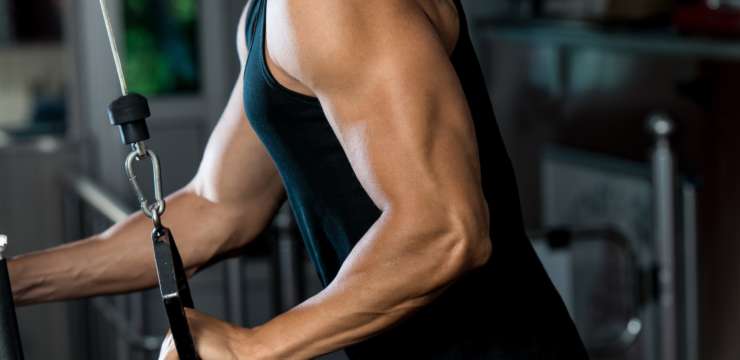The body’s musculoskeletal system consists of bones, cartilage, ligaments, tendons, and connective tissues. These parts get pushed to the extreme with everyday wear and tear,…


The body’s musculoskeletal system consists of bones, cartilage, ligaments, tendons, and connective tissues. These parts get pushed to the extreme with everyday wear and tear,…

Introduction The posterior section of the lower half of the body consists of the hips, low back, pelvis, legs, and feet, which provide stability to the body…

Introduction The lower back works with the body’s lower extremities by stabilizing the hips and helping support the upper body’s weight. The lower back also has many functions when…

Workout recovery is as important as working out. Pushing muscle past its normal levels creates tiny tears in the muscle tissue. It is the repairing…

Introduction The body’s lower extremities have a very important role as it helps support the upper body’s weight and provide stability to the lower body.…

Introduction When it comes to the torso is surrounded by various muscles that help protect the vital organs known as the gut system and help…

Introduction Many individuals don’t realize that the various muscles in their back help provide functionality to the body. The back muscles help move, bend, rotate, and help…

Introduction As the “backbone” of the body, the thoracic region of the back has various muscles that help support the ribcage and protect the heart and lungs from injuries.…

Introduction The upper body works because it provides stability for the body and motor-sensory functions to the arms, neck, shoulders, and chest. The muscles surrounding each…

Introduction The upper back is part of the thoracic region of the spine, surrounded by various muscles that protect the thoracic joints and help assist with respiratory…

Introduction The chest in the body has many functions: it helps provide stability on the shoulders, helps protect the heart and lungs, and bears most…

Introduction The chest has the pectoralis major muscle that works with the upper half of the body that provides mobility and power. The pectoralis major also surrounds…

Introduction The chest in the upper half of the body comprises various structures that each have a job to keep the body functioning. The chest has different…

Nerves control muscle fibers. Muscle twitching is an involuntary contraction of the muscle fibers. When individuals play sports/work out vigorously or for a long time,…

Introduction The hands are the main show when it comes to the body. They can be expressive when a person is talking, they can carry items from…

Headaches are a common condition that most experience and can differ greatly regarding type, severity, location, and frequency. Headaches range from mild discomfort to constant…

Introduction One of the many muscles that help stabilize the shoulders and provide movement when the arms are in motion. The tricep muscles are one of the…